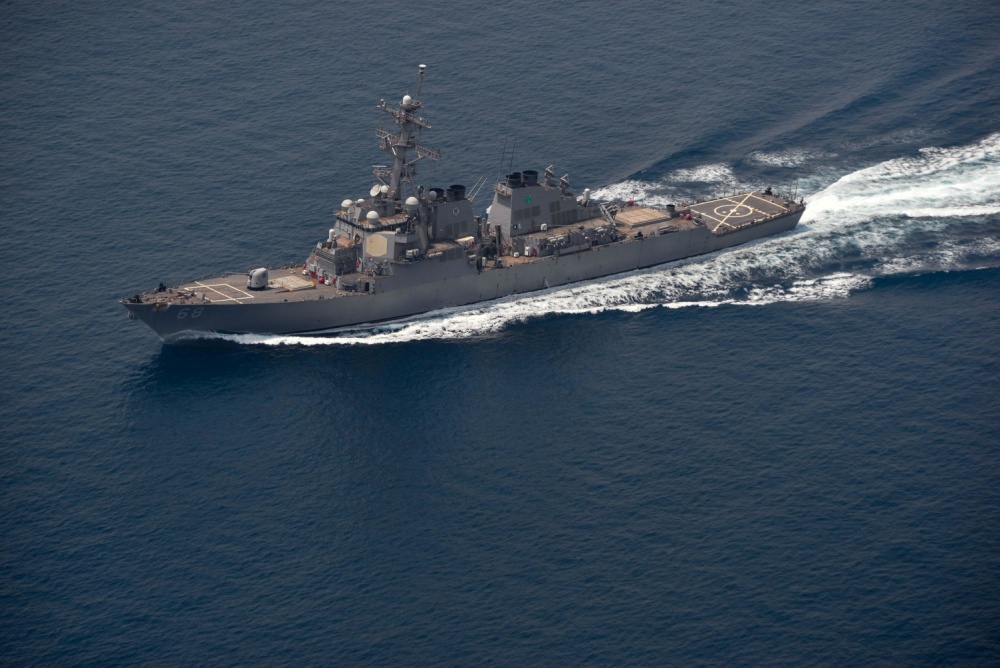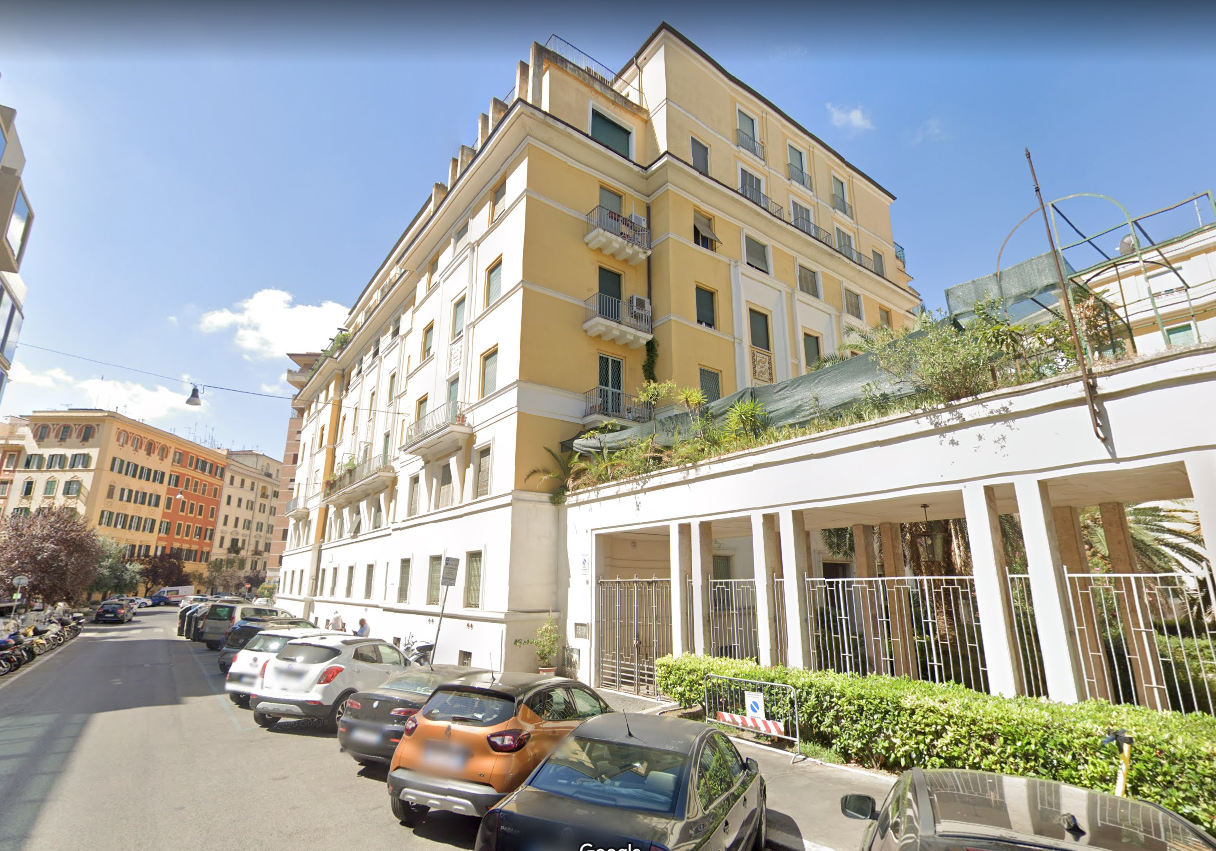Marwan al-Shehhi (Mohammed Atta’s partner, and the pilot of the plane that would fly into the South Tower of the World Trade Center) takes an unexplained eight-day sojourn to Casablanca, Morocco.
Al-Shehhi flies from Tampa, Florida, to New York on Delta Flight 2522, and then on to Casablanca on Royal Air Maroc Flight 205. His trip followed Atta returning to Florida from his own foreign trip. The 9/11 Commission (Staff Statement 16, p. 7) doesn’t speculate about the reason for al-Shehhi’s trip, but it thought that perhaps he was seeking medical treatment (he is believed to have had cancer). But as a citizen of the UAE, there is no other connection to Morocco, nor are their al Qaeda operatives in the country who are connected to the 9/11 plot. It is possible that he flew the roundabout route to then fly home, but there is no evidence of that.

